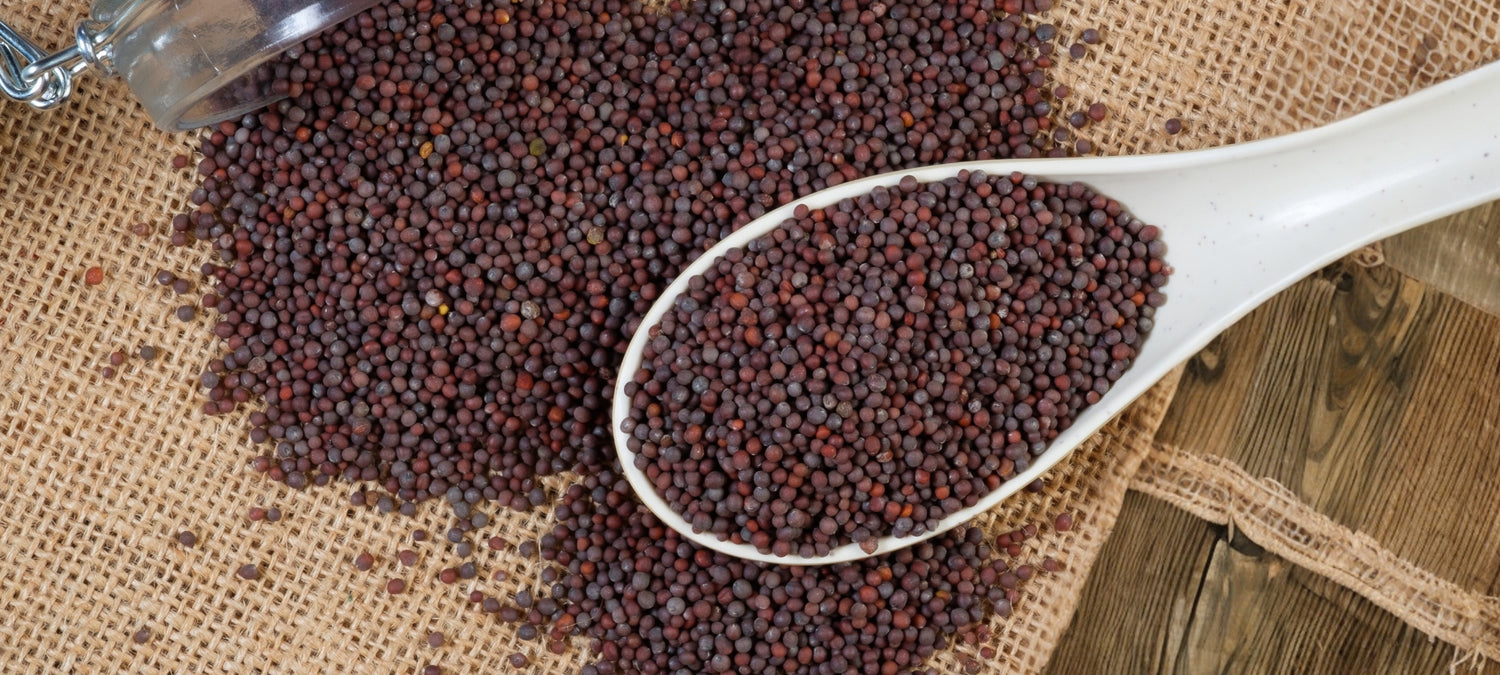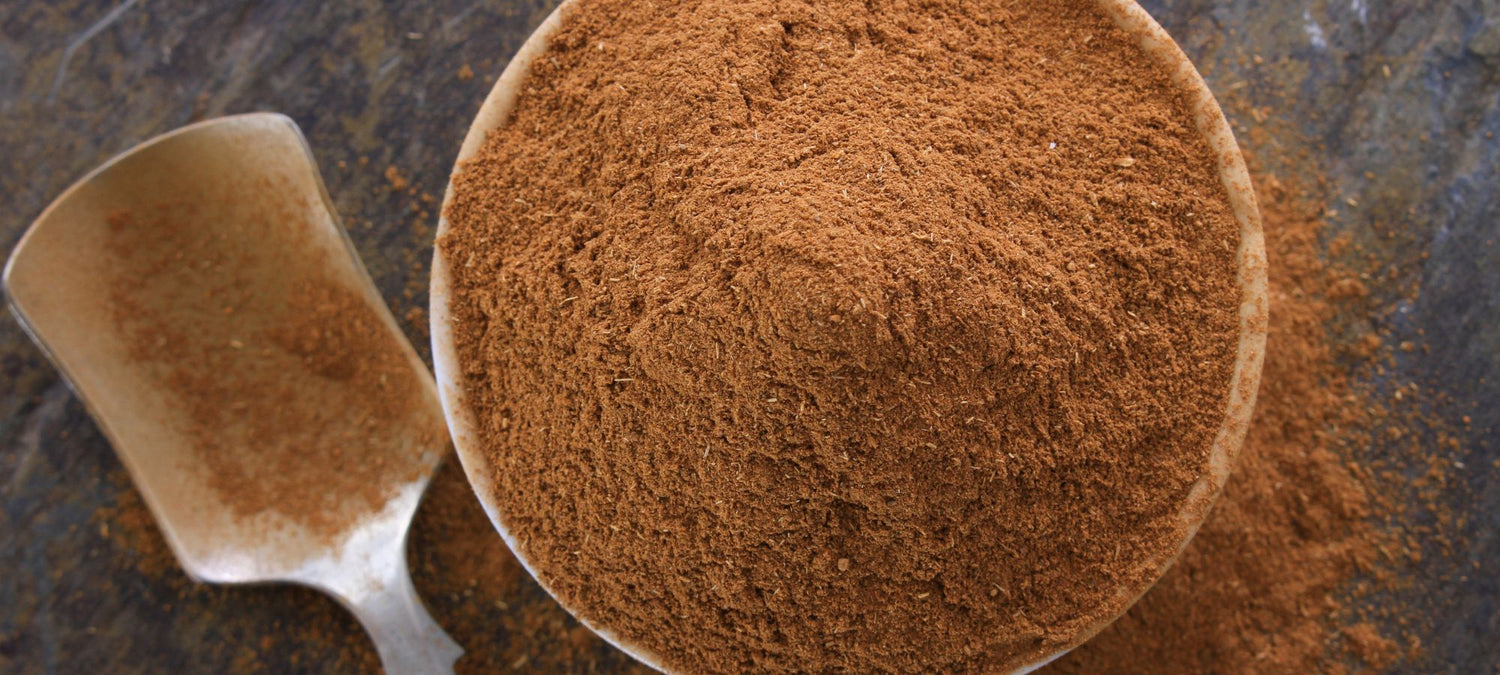Good day, intrepid seekers of the green wisdom! Today's quest finds us navigating the leafy labyrinth of Stinging Nettle (Urtica dioica), a prickly character with a heart of gold.

Beneath the sting and bristle of this formidable plant, native to Europe, Asia, northern Africa, and North America, lies a treasure trove of nutritional goodness. Yet, it's not just a question of sustenance. The history of Stinging Nettle is rife with tales of healing and magic, strewn across various traditional medicinal practices.
Within the confines of ancient European apothecaries, Stinging Nettle was esteemed for its diuretic properties and its potential to soothe aches and pains. From tinctures to teas, its medicinal virtues were explored and extolled.

In the ancient practices of Ayurveda, Stinging Nettle - known as 'Vrisha' - was utilized for its Kapha reducing potential. Its warming and bitter attributes were harnessed to balance doshas and stimulate agni, the digestive fire.
Venturing to the vast and varied terrain of North America, Native American tribes found myriad uses for this prickly plant, from crafting cordage to weaving potent medicinal remedies for issues like arthritis and urinary problems.
In the vast canon of Traditional Chinese Medicine, the energetic properties of Stinging Nettle align with herbs like 'Xun Ma' (Hemp Agrimony), believed to alleviate conditions of dampness in the body.
However, as we tread the prickly path, let's remember the need for respect and caution. Although generally safe, Stinging Nettle may cause mild stomach upset or allergic reactions in some individuals. Always consult with a healthcare professional before integrating Stinging Nettle into your routine.
Let's delve into a unique brew that tames this wild entity.
Nettle’s Sacred Nectar Tea Recipe
Stinging Nettle’s Sacred Nectar Tea Recipe
Ingredients:
- 1 tsp dried Stinging Nettle leaves
- 1 tsp dried Lemon Balm leaves
- 1 tsp dried Chamomile flowers
- 2 cups of water
Instructions:
- Bring the water to a boil.
- Add the Stinging Nettle, Lemon Balm, and Chamomile.
- Let it steep for about 10 minutes.
- Strain and pour into your favorite mug. Enjoy the harmonious blend of robust, tangy, and calming notes!
Kickstart your adventure with Stinging Nettle here.
With Sacred Plant Co, you're not just reading about herbs, you're diving headfirst into the whirlpool of ancient wisdom, guided by the lighthouse of traditional practices. Remember, the path might be prickly, but it's lined with golden lessons. Until the next encounter, safe journey on the green path, fellow travelers!




2 comments
Enjoy your stinging nettle tea! Remember, nettle has a rich, earthy flavor and is known for its health benefits, including being rich in vitamins and minerals.
How do I go about making a cup of tea with just the stinging nettle? How much of the tea do I use and with how much water? Also, is there a particular temperature the water needs to be, and how long do I need to steep the herbs? Thank you!